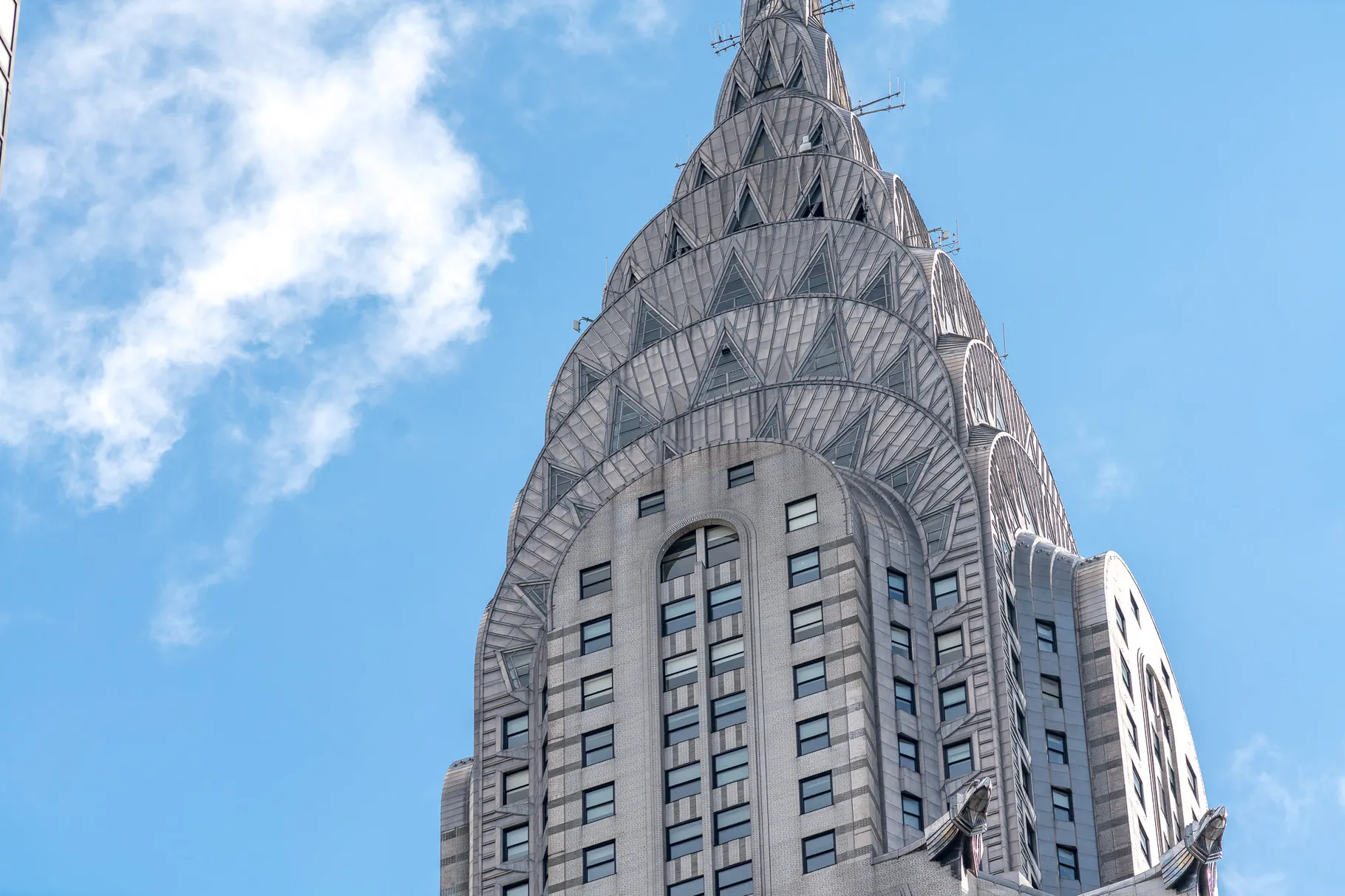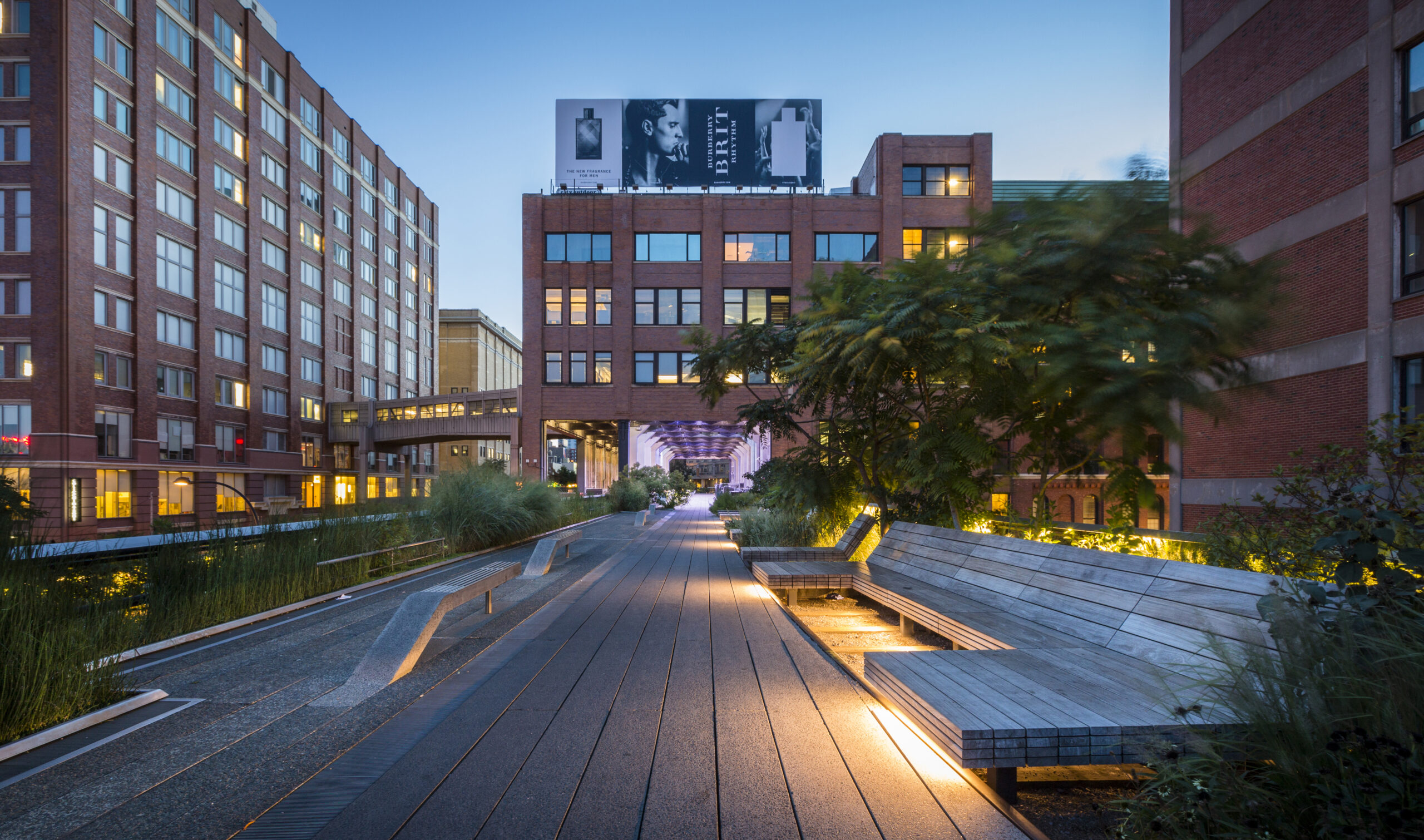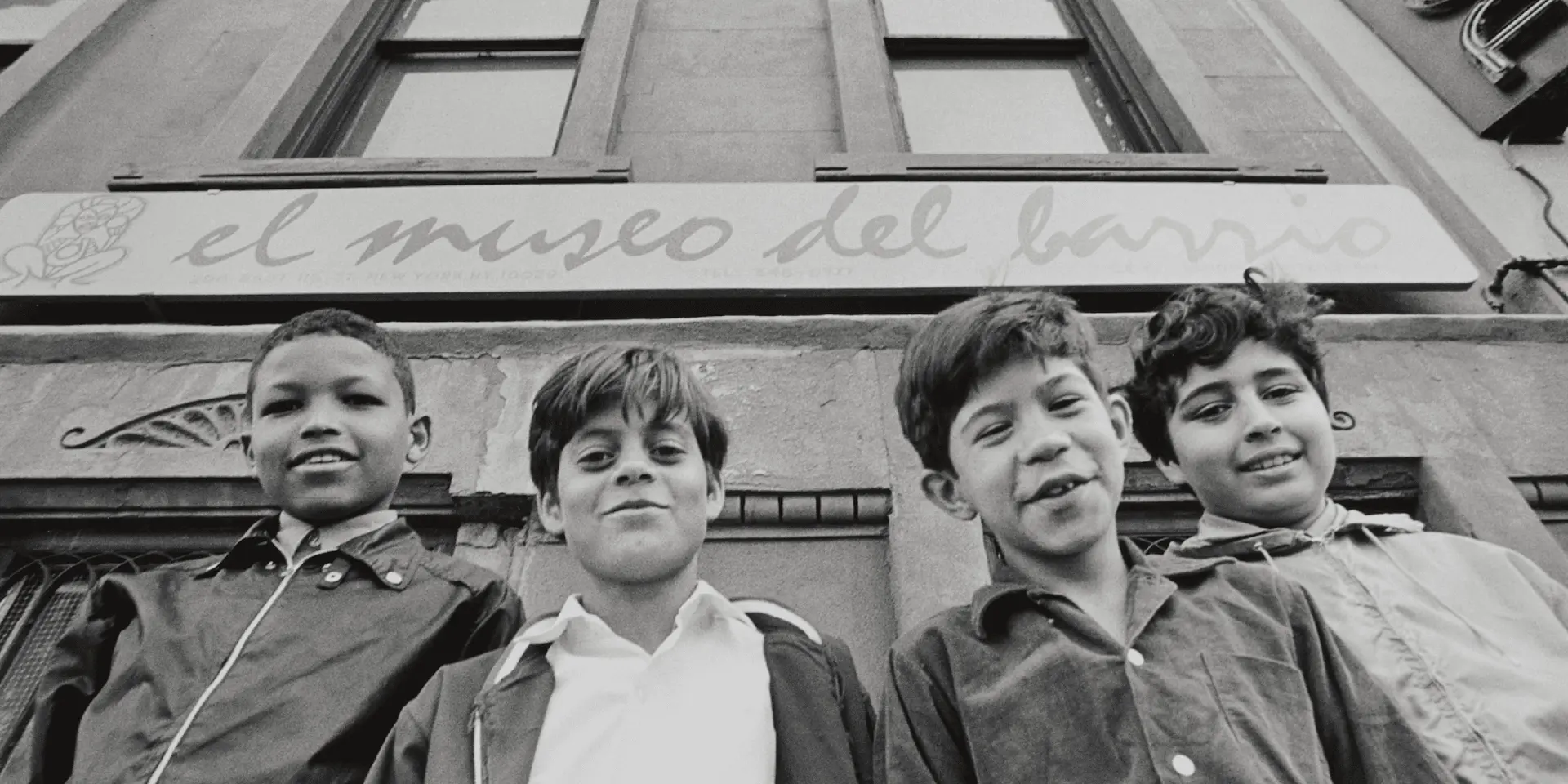New York City, a sprawling metropolis, is renowned for its iconic skyline—a tapestry of architectural marvels that narrate the city’s historical and cultural evolution. This skyline is not just a silhouette against the horizon; it’s a testament to New York’s relentless ambition, its resilience, and its role as a crucible of architectural innovation. In this blog, we delve into the historic buildings that have significantly shaped New York City’s skyline, each telling its own story of the era it was built in.
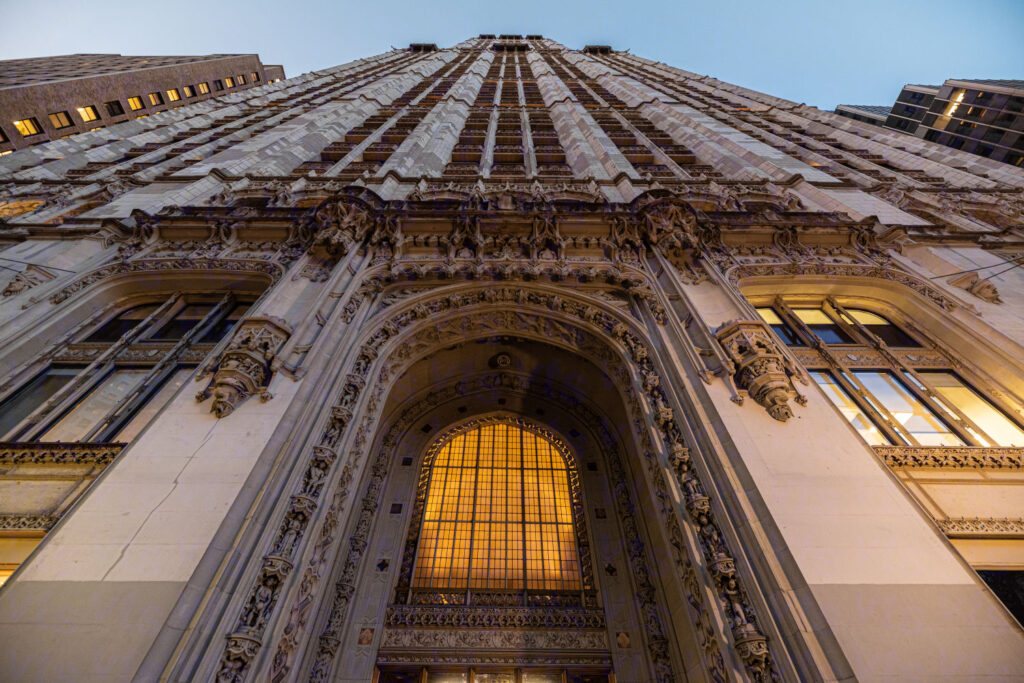
1. The Woolworth Building (1913)
Opening its doors in 1913, the Woolworth Building, with its stunning Gothic Revival architecture, was once the tallest building in the world. Financed in cash by Frank W. Woolworth, the “Five and Dime” retail magnate, and designed by architect Cass Gilbert, it was dubbed the “Cathedral of Commerce.” Its towering presence and intricate terra cotta façade not only set a precedent for future skyscrapers but also symbolized the economic prosperity of the early 20th century.
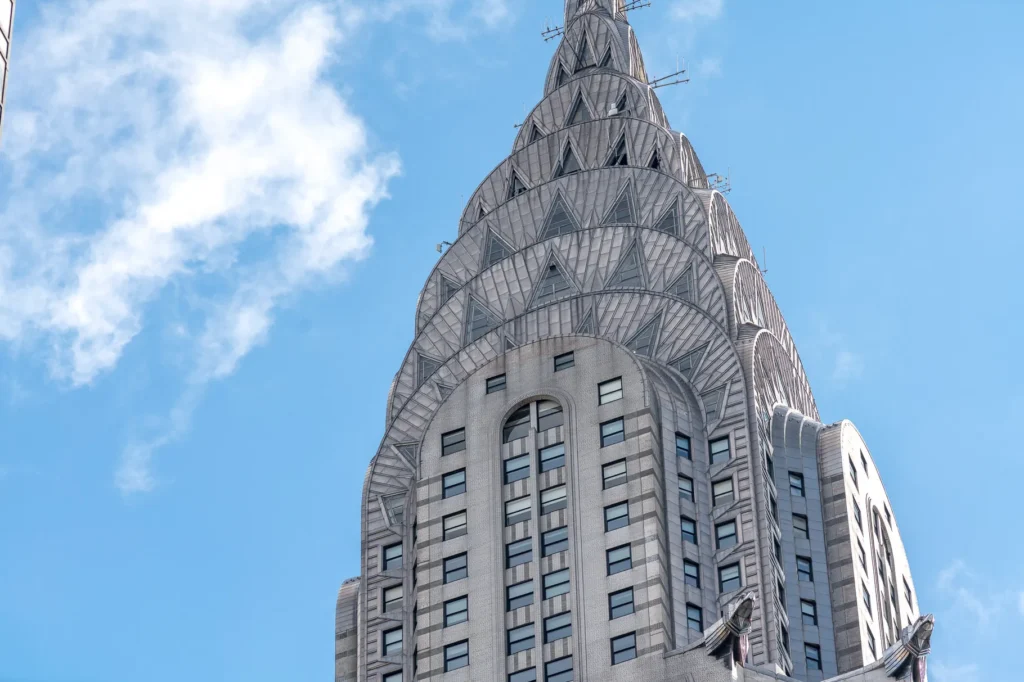
2. The Chrysler Building (1930)
The Chrysler Building is an Art Deco masterpiece that briefly held the title of the world’s tallest building before the Empire State Building surpassed it. Designed by William Van Alen for automotive magnate Walter P. Chrysler, its stainless steel spire and terraced crown make it one of the most distinctive buildings in the city. The building’s design reflects the opulence and optimism of the Roaring Twenties, as well as the competitive spirit of the era’s skyscraper race.
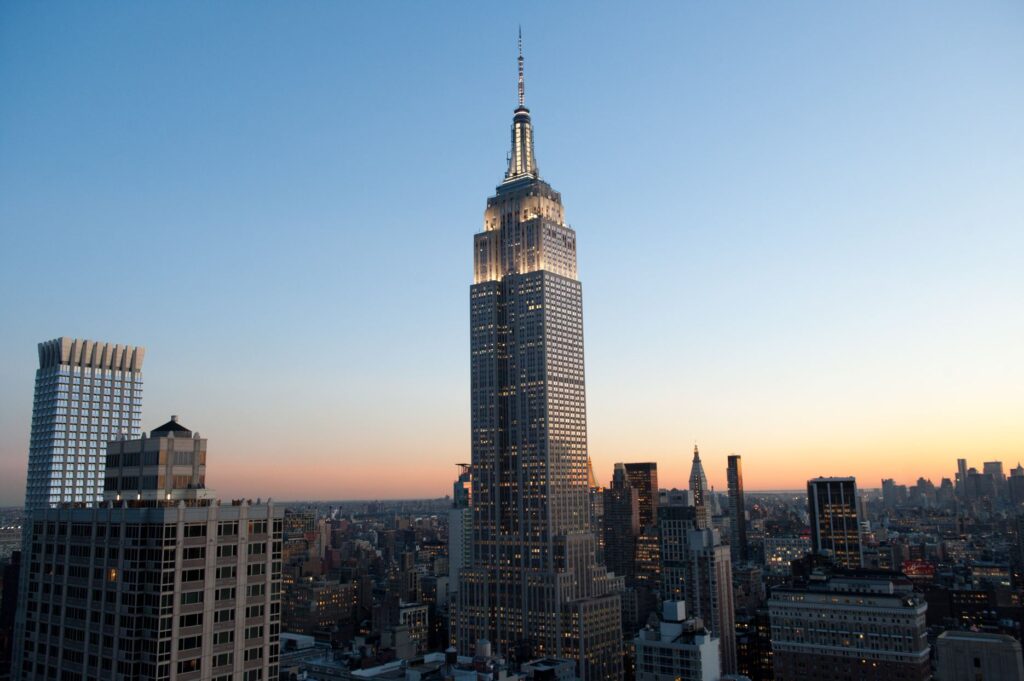
3. The Empire State Building (1931)
Soaring above the heart of Manhattan, the Empire State Building is perhaps the most iconic symbol of New York City. Completed in 1931 during the Great Depression, this Art Deco skyscraper was the world’s tallest building for nearly 40 years. Designed by Shreve, Lamb & Harmon, the Empire State Building was an engineering marvel of its time and remains a symbol of American ingenuity and resilience.
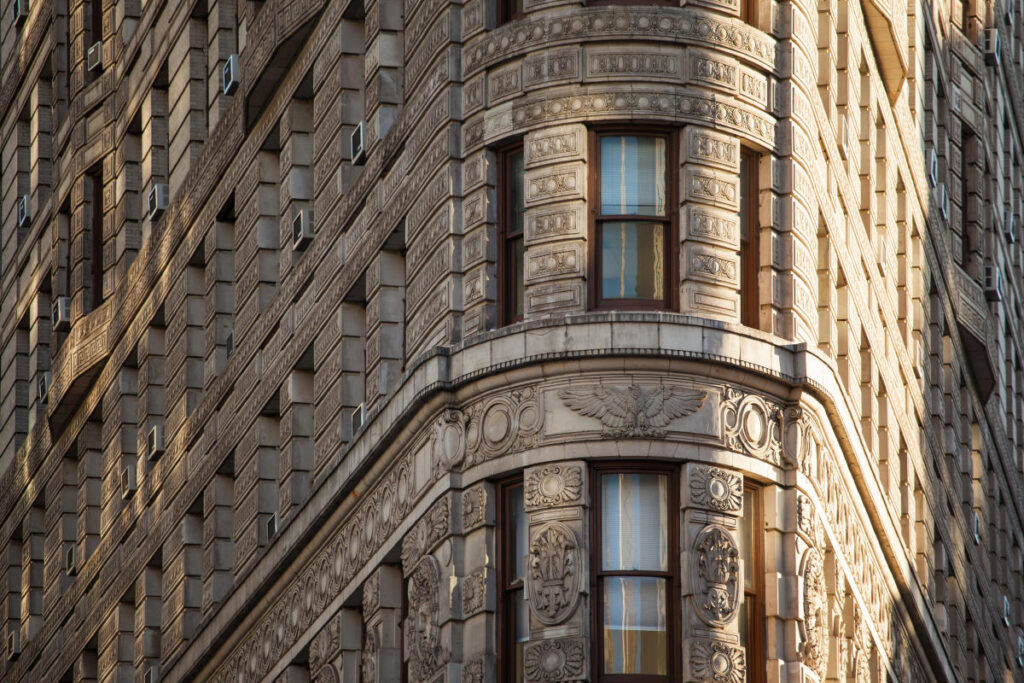
4. The Flatiron Building (1902)
The Flatiron Building, with its unique triangular shape, is one of New York City’s most recognizable landmarks. Designed by Daniel Burnham in the Beaux-Arts style, it was one of the tallest buildings in the city when it was completed. Situated at the intersection of Broadway, Fifth Avenue, and 23rd Street, the Flatiron Building has become an enduring symbol of New York’s architectural innovation.

5. One World Trade Center (2014)
One World Trade Center, also known as the Freedom Tower, stands as a poignant symbol of resilience and rebirth following the tragic events of September 11, 2001. It is the tallest building in the Western Hemisphere and a central component of the new World Trade Center complex. Designed by David Childs of Skidmore, Owings & Merrill, One WTC incorporates cutting-edge architectural and engineering techniques, symbolizing hope and the indomitable spirit of New Yorkers.
New York City’s skyline is more than just a collection of buildings; it’s a mosaic of stories, dreams, and milestones in architectural history. From the Gothic spires of the Woolworth Building to the sleek silhouette of One World Trade Center, each structure reflects the city’s ever-evolving identity. These historic buildings not only shaped the physical skyline of New York City but also its cultural and social landscape, standing as monuments to the city’s enduring legacy of growth, resilience, and innovation.


